Steve Maxwell, an engineer at K&J magnets, created a tiny self-propelled “car” from three neodymium magnets, one AA battery, and aluminum foil. “It is a very cool scientific experiment,” he says. “You can see the interaction between electric fields and magnetic fields.”
To build Maxwell’s tiny car, place a magnet ring on a battery’s positive post and add circular magnets to both ends. Then lay down aluminum foil as a makeshift road, smoothing out any bumps. The contact between battery and foil allows an electric current to flow. Because that electricity runs per- pendicularly to the field created by the magnets, it generates torque. This rotational force rolls the car across the foil on its magnet “wheels”—quickly draining the battery in the process.

To build Maxwell’s tiny car, place a magnet ring on a battery’s positive post and add circular magnets to both ends. Then lay down aluminum foil as a makeshift road, smoothing out any bumps. The contact between battery and foil allows an electric current to flow. Because that electricity runs per- pendicularly to the field created by the magnets, it generates torque. This rotational force rolls the car across the foil on its magnet “wheels”—quickly draining the battery in the process.











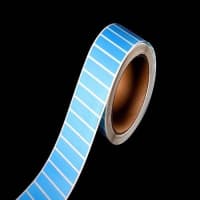
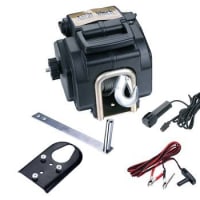

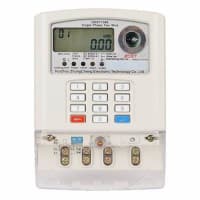
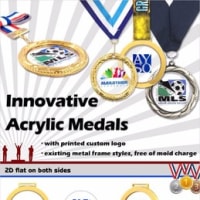
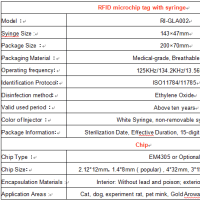


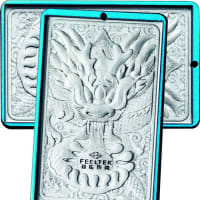
※コメント投稿者のブログIDはブログ作成者のみに通知されます